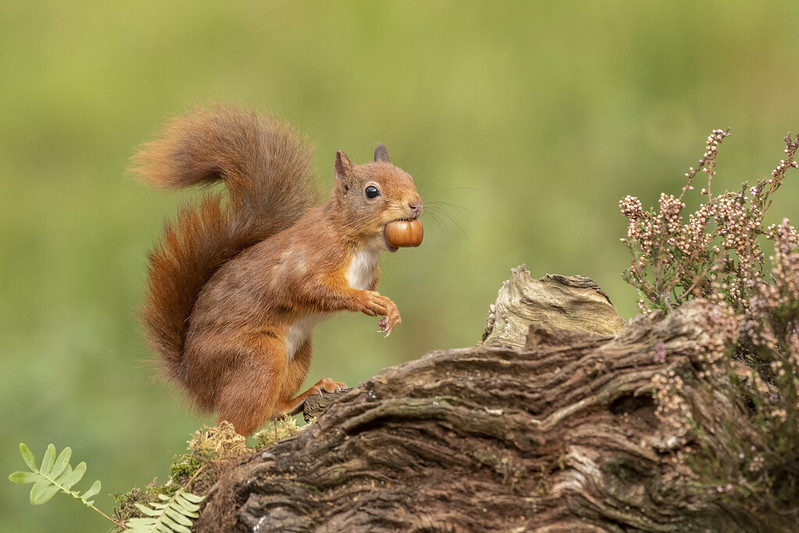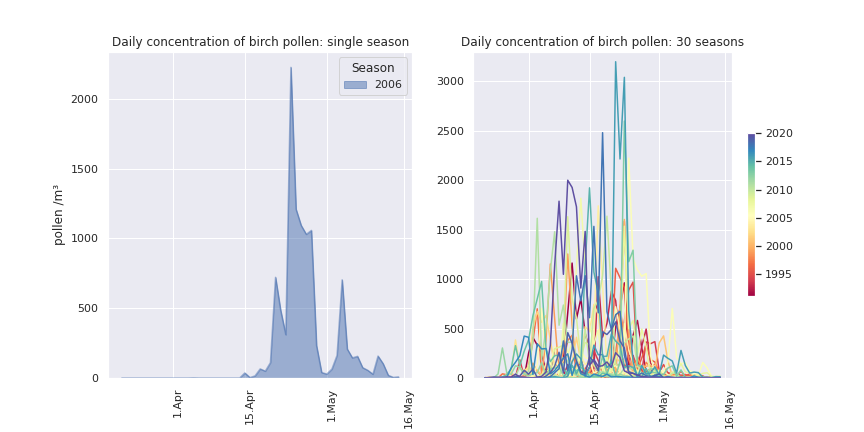How hazel trees stop squirrels eating all the hazel nuts, using auto-correlation in pollen
Trees like hazel reproduce via nuts that are also a food source for squirrels. But squirrels don’t eat all of the nuts they find, they also bury some as a winter cache. This hoarding of nuts that are both a food for squirrels and the seed for new hazel trees leads to an interesting tension in the relationship between the two species:
On the one hand, hazel trees benefit from this hoarding, because squirrels usually forget to eat some of the cached nuts, which then grow into new trees. This means squirrels effectively disperse and plant trees in new places, as if they were gardeners that hazel trees pay by providing them with extra nuts.
On the other hand, if the squirrels do so well that their population expands too much, they could end up consuming the entire nut harvest - with none left over for hazel trees to reproduce.

In this post, I will describe evolutionary strategies hazel trees use to shape their relationship with squirrels, and in which pollen plays a central role - and which is in fact reflected in the extreme variability of hazel pollen concentrations.

